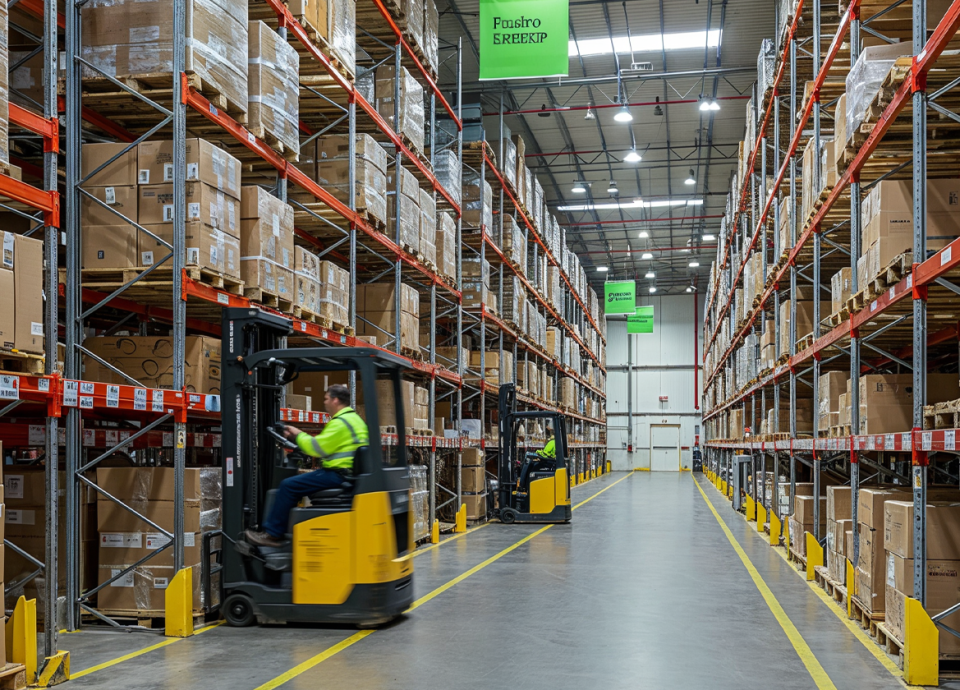Warehousing is often underestimated in logistics, yet it’s a critical pillar that supports every supply chain function. Without effective warehousing, inventory flows break down, customer deliveries suffer, and profitability declines.
At its core, a warehouse is not just a storage space — it’s a strategic hub for receiving, managing, and dispatching goods. A well-organized warehouse ensures that products are sorted, stored, and retrieved efficiently to support fast order fulfillment.
The location of the warehouse plays a huge role in reducing delivery time and transportation costs. Strategically placed facilities help you respond faster to demand while keeping expenses under control.
Modern warehouses incorporate inventory management software that tracks product movement, monitors stock levels, and reduces errors. This visibility ensures businesses avoid both stockouts and overstocking — common problems that hurt customer satisfaction.
Safety and compliance are also major responsibilities. Proper handling, storage, and labeling of goods — especially hazardous or perishable items — ensure legal compliance and protect employees and products alike.
A strong warehouse operation is the silent engine behind fast, accurate, and cost-effective logistics.
As e-commerce booms and customer expectations grow, multi-channel fulfillment has become vital. Warehouses that can handle B2B and B2C orders, manage returns, and scale during peak seasons are an asset to any business.
Investing in quality warehousing improves your supply chain’s agility and resilience — making your business more competitive and prepared for tomorrow’s demands.






